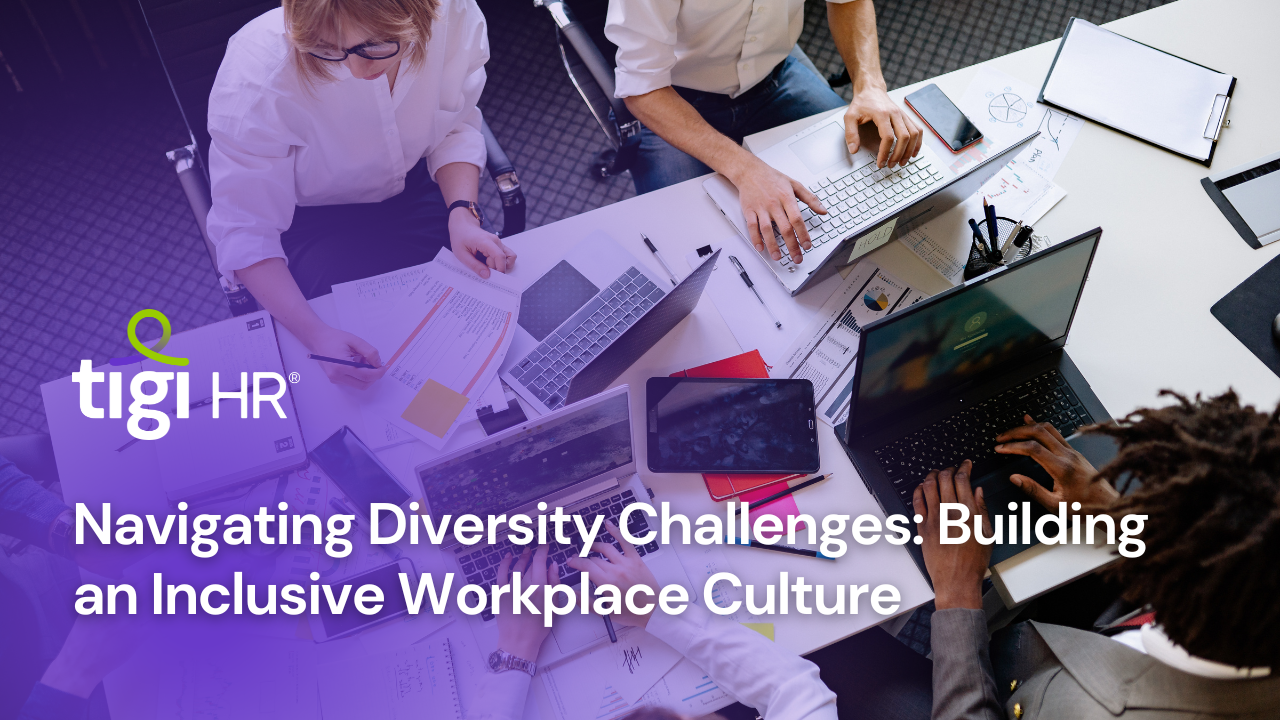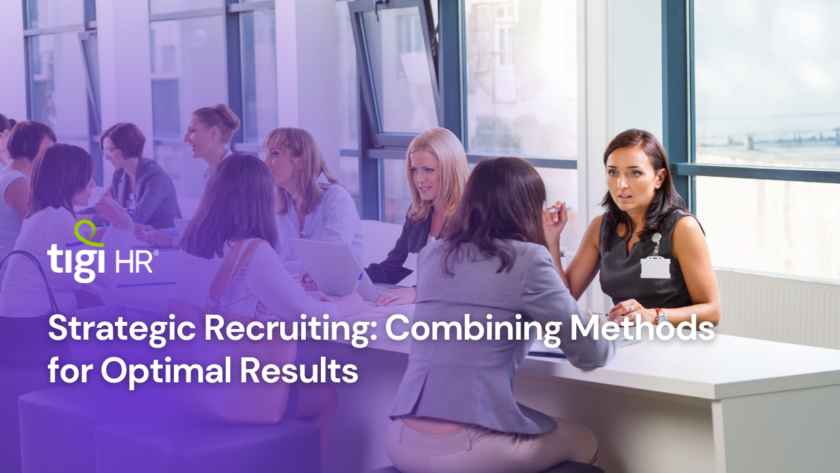In today’s globalized world, diversity is not just a buzzword; it’s a dynamic reality that shapes the modern workforce. Organizations that prioritize diversity and inclusivity are not only more likely to attract top talent but also foster a culture of innovation, creativity, and collaboration. However, achieving an inclusive workplace culture isn’t without its challenges. This article delves into the strategies for navigating diversity challenges and building an environment that celebrates differences while nurturing unity and growth.
The Power of Diversity
Diversity encompasses a spectrum of differences, including but not limited to race, gender, age, ethnicity, sexual orientation, religion, and socioeconomic background. Organizations that harness the power of diversity tap into a wellspring of perspectives and experiences that can drive innovation, enrich problem-solving, and enhance overall business performance. According to [Diversity Impact Research], companies with diverse teams are 33% more likely to outperform their peers in terms of financial performance.
Despite the evident benefits, creating an inclusive workplace culture is a journey that requires intentional effort, awareness, and commitment to address diversity-related challenges.
Addressing Bias and Stereotypes
Unconscious bias and stereotypes can unconsciously seep into decision-making processes, limiting the representation and growth opportunities for underrepresented groups. Organizations must implement diversity training programs that encourage self-awareness and challenge these biases. This fosters an environment where employees are empowered to make unbiased decisions and treat all colleagues fairly.
Research by [Bias Awareness Institute] reveals that companies that offer bias awareness training experience a 67% increase in employees’ perception of inclusivity within the workplace. This emphasizes the role of education in dismantling bias and creating an inclusive culture.
Promoting Equitable Hiring Practices
A diverse workplace begins with diverse recruitment efforts. Organizations should prioritize equitable hiring practices that ensure a fair representation of candidates from various backgrounds in the hiring pool. Implementing blind recruitment processes, where identifying information such as names and genders are concealed during initial screenings, can help mitigate unconscious bias.
Statistics from [Equitable Hiring Insights] demonstrate that companies that adopt blind recruitment practices witness a 20% increase in the diversity of their hires. This reflects the transformative impact of proactive measures in promoting diversity.
Cultivating Inclusive Leadership
Inclusive leadership is a cornerstone of a diverse and harmonious workplace culture. Leaders who prioritize inclusivity set the tone for the entire organization. They actively engage in creating an environment where diverse voices are heard, respected, and valued. By fostering open dialogues, soliciting feedback, and championing diverse perspectives, leaders become catalysts for change.
Studies from [Inclusive Leadership Research] indicate that organizations with inclusive leaders experience a 50% increase in employee engagement and a 30% increase in team collaboration. This highlights the pivotal role of leadership in shaping the inclusivity narrative.
Encouraging Open Conversations
Open conversations about diversity and inclusivity are crucial for fostering understanding and empathy among employees. Organizations should create safe spaces where employees can share their experiences, ask questions, and engage in constructive dialogues about diversity-related topics. These conversations promote mutual respect and create a platform for education and growth.
A survey conducted by [Open Conversation Insights] found that 80% of employees feel more engaged and connected to their workplace when open conversations about diversity are encouraged. This statistic emphasizes the positive impact of such discussions on workplace dynamics.
Implementing Employee Resource Groups (ERGs)
Employee Resource Groups (ERGs) provide a supportive community for employees with shared backgrounds or identities. ERGs offer networking opportunities, mentorship, and a platform to address specific concerns related to diversity and inclusion. These groups play a pivotal role in creating a sense of belonging and fostering a culture of acceptance.
Research by [ERG Effectiveness Institute] indicates that organizations with active ERGs witness a 25% increase in employee satisfaction and a 20% increase in retention rates among underrepresented groups. This underscores the value of ERGs in creating a sense of community and empowerment.
Conclusion on Inclusive Workplace Culture
Navigating diversity challenges and building an inclusive workplace culture is a transformative journey that requires dedication, education, and unwavering commitment. Organizations that embrace diversity as a driving force for innovation and success can reap the rewards of a workforce that is engaged, collaborative, and united. By addressing bias, promoting equitable practices, cultivating inclusive leadership, encouraging open conversations, and implementing ERGs, organizations can create an environment where each individual is valued for their unique contributions. As the global workforce continues to evolve, organizations that prioritize diversity and inclusivity will not only attract top talent but also stand as beacons of progress in a world that thrives on differences.
Also Explore: Maintaining Employee Engagement
Check More: Find Jobs Now, Hire Talent Now





